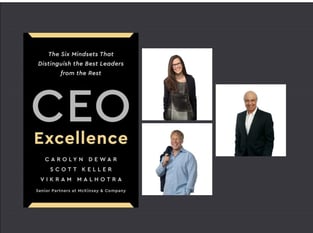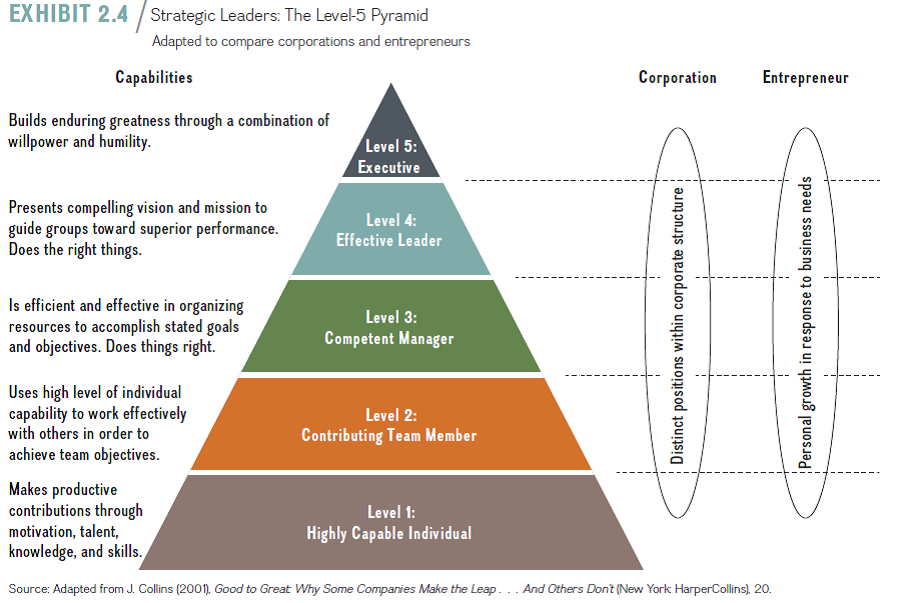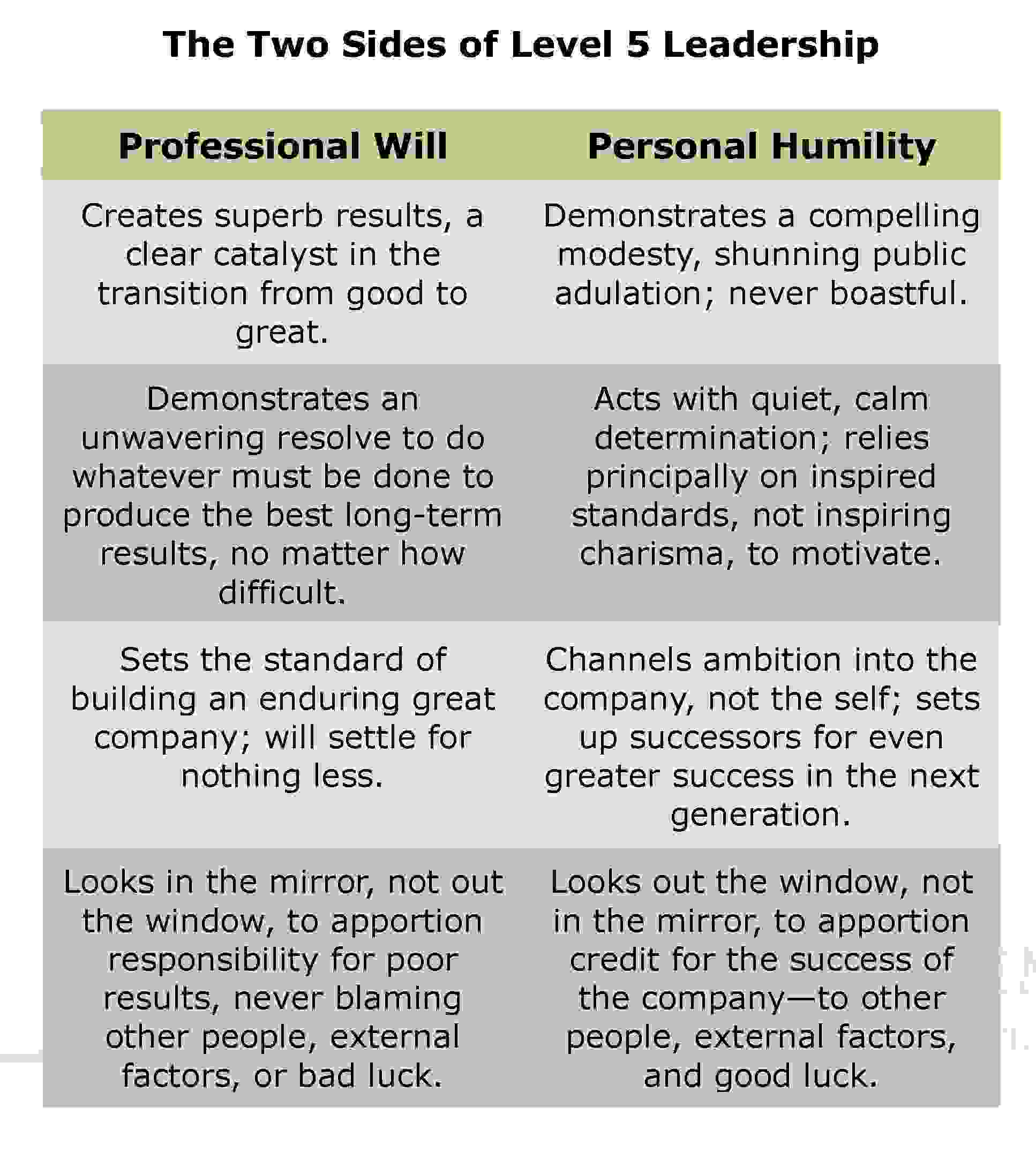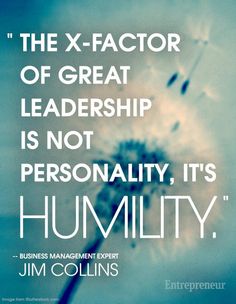 A moment working with a customer stands out as a reminder of what the best leaders do. It’s revealed in Good to Great, and it occupies a chapter in the book I just finished CEO Excellence: The Six Mindsets That Distinguish the Best Leaders from the Rest, by McKinsey senior partners Carolyn Dewar, Scott Keller, and Vikram Malhotra.
A moment working with a customer stands out as a reminder of what the best leaders do. It’s revealed in Good to Great, and it occupies a chapter in the book I just finished CEO Excellence: The Six Mindsets That Distinguish the Best Leaders from the Rest, by McKinsey senior partners Carolyn Dewar, Scott Keller, and Vikram Malhotra.
Seeing it in action is much more powerful.
About 6 years ago I received a phone call from a tech company on thanksgiving weekend. The company was in Omaha, Nebraska, and while they’d read and followed Scaling Up they never felt they’d gotten the momentum and growth they’d wanted to achieve. P&L Technologies story is shared in What Value Do You Offer to Support Your Pricing – Scaling Up Example and THE ONE THING Helps an Entrepreneur Sell His Business for a Premium.
Leaders Serve Others
We spent 2 very full days together in a very nice cabin they’d rented for their Annual Planning meeting. Early on the first day, I awoke early to get ready to set things up for the day’s exercises and my presentation. Already up that morning was the CEO Phil Lieber, preparing breakfast for the team. He proceeded to prepare lunch, and the next day did it again. He cleaned up, washed the dishes, and even went to the store if we ran out of anything we needed.
Some would say these actions aren't required by a CEO and should be delegated. Others would call this servant leadership.
In Good to Great, Jim Collins shared the principle of Level 5 Leadership. Over my 25 years in coaching I’ve observed several Level 5 leaders, sending them notes in the mail with this pyramid to congratulate them on their effectiveness. I recall sending one such note to Phil.
To be an effective CEO requires many characteristics. Three areas of focus for managing your personal effectiveness, not exclusive to the CEO are shared in CEO Excellence: The Six Mindsets That Distinguish the Best Leaders from the Rest.
I won’t dive into the depth of each of these from the book, however, the titles alone should give you a good idea of what they observed from the thousands of CEOs they interviewed: Stay Humble, Don’t Make it About You, Embrace Servant Leadership, Create a Diverse Kitchen Cabinet, and Feel Gratitude.
Personal Effectiveness
The summary of this chapter is brilliant, noting every CEO’s personal management model is unique to them. The best CEOs apply what they call, “do what only I can do” mindset in the three dimensions they can control: using time and energy, choosing a leadership model, and maintaining perspective.
This graphic represents what separates the best from the rest.
The book points out, these lessons are applicable to any leader.
These questions would be a good review for any leader to ask themselves weekly if not daily:
- What are your priorities and is your time allocated appropriately to them?
- Do you fill your schedule so full that unexpected events throw you into a panic?
- Are you able to be fully present in every interaction, or are you preoccupied with the past or future?
- How have you structured recovery time into your routine?
- What gives you energy and are you making enough time for those things?
- What mechanisms help you manage your time and energy?
- What qualities of character as a leader do you embody?
- How do you get feedback on who you are as a leader and what do you do with it?
- Do you generate energy for others by defining reality and giving hope?
- Do you have a small group of advisors who are a candid sounding board?
- At the end of the day, is it all about you, or are you driven by the humble pursuit of a greater good?
If you’re a CEO, a leader, or someone with aspirations to be a leader someday, consider these questions as a place to begin your journey toward level 5 leadership. In order to manage others, you must first manage yourself.

 There are many great quotes on leadership. Jim Collins’, “The X-Factor of great leadership is not personality, it’s humility,” is perhaps one of the best to remember.
There are many great quotes on leadership. Jim Collins’, “The X-Factor of great leadership is not personality, it’s humility,” is perhaps one of the best to remember.
To create an environment where everyone is inspired to give their best, contact Positioning Systems today to schedule a free exploratory meeting.
Growth demands Strategic Discipline.
Building an enduring great organization requires disciplined people, disciplined thought, disciplined action, superior results, producing a distinctive impact on the world.
Discipline sustains momentum, over a long period of time, laying the foundations for lasting endurance.
-2.jpg?width=301&name=3%20Disciplines%20of%20Execution%20(Strategic%20Discipline)-2.jpg) A winning habit starts with 3 Strategic Disciplines: Priority, Metrics, and Meeting Rhythms. Forecasting, accountability, individual, and team performance improve dramatically.
A winning habit starts with 3 Strategic Disciplines: Priority, Metrics, and Meeting Rhythms. Forecasting, accountability, individual, and team performance improve dramatically.
Meeting Rhythms achieve a disciplined focus on performance metrics to drive growth.
Let Positioning Systems help your business achieve these outcomes on the Four most Important Decisions your business faces:
|
DECISION |
RESULT/OUTCOME |
|
PEOPLE |
|
|
STRATEGY |
|
|
EXECUTION |
|
|
CASH |
|
Positioning Systems helps mid-sized ($5M - $250M+) businesses Scale-UP. We align your business to focus on Your One Thing! Contact dwick@positioningsystems.com to Scale Up your business! Take our Four Decisions Needs Assessment to discover how your business measures against other Scaled Up companies. We’ll contact you.
NEXT BLOG – Admit Your Mistakes
Why is it so hard to admit mistakes? Examples in CEO Excellence: The Six Mindsets That Distinguish the Best Leaders from the Rest share how the best CEOs aren’t afraid to be vulnerable. In doing so they make themselves more human, building their company’s culture. Next week's guest blogger, Cynthia Young shares thoughts on why Failure is the key to success: why is it important to admit your mistakes?






.jpeg?width=150&height=135&name=Hand%20with%20marker%20writing%20the%20question%20Whats%20Next_%20(1).jpeg)

